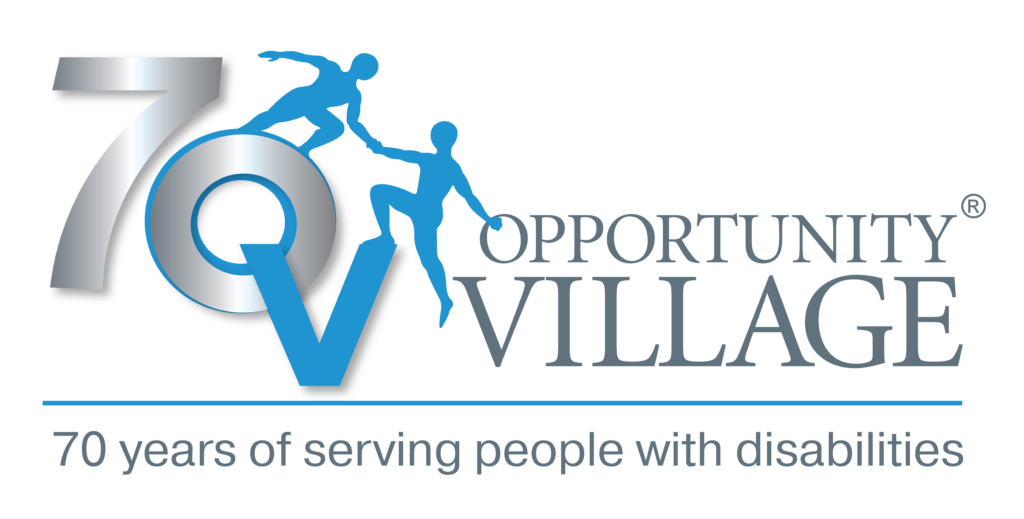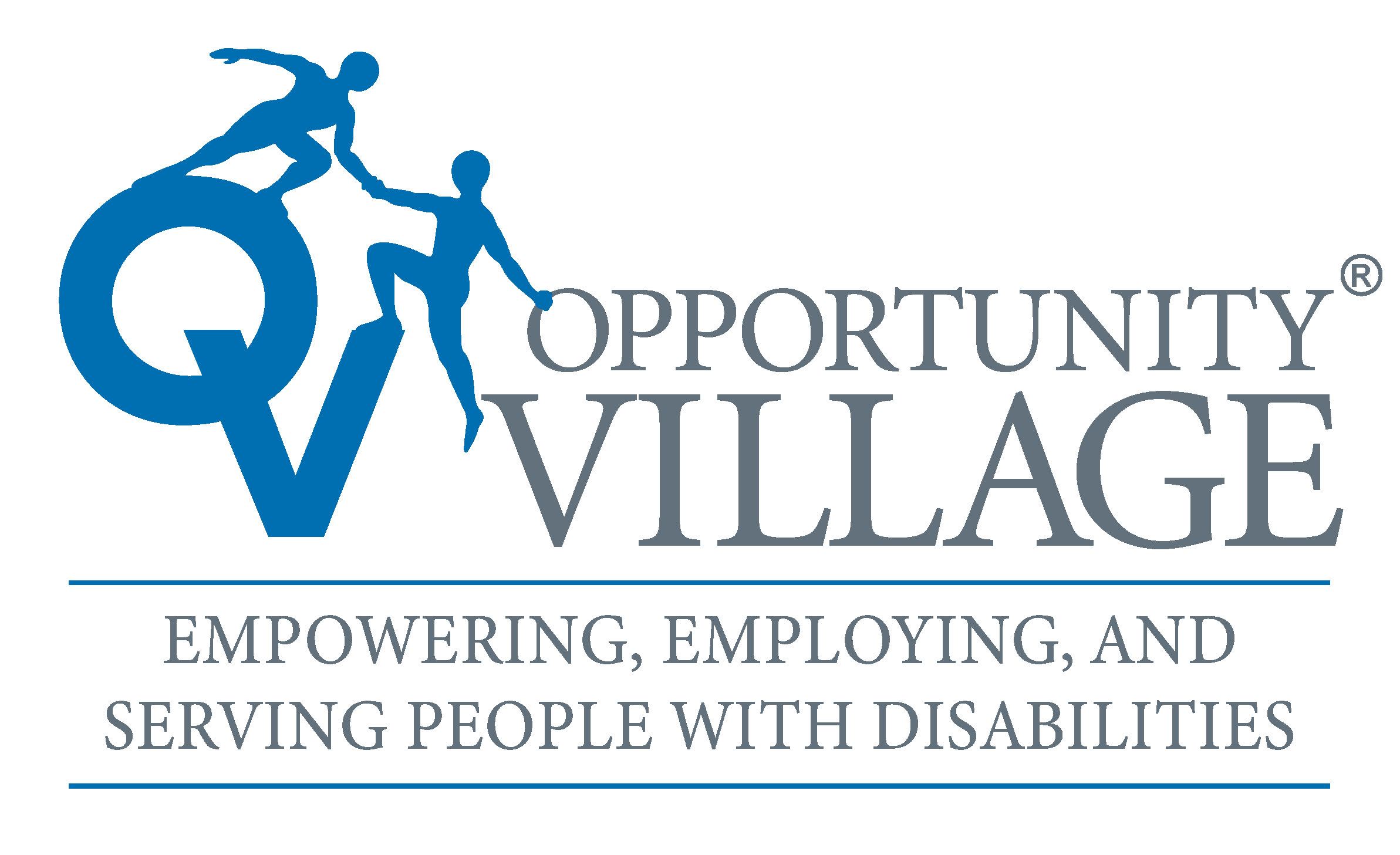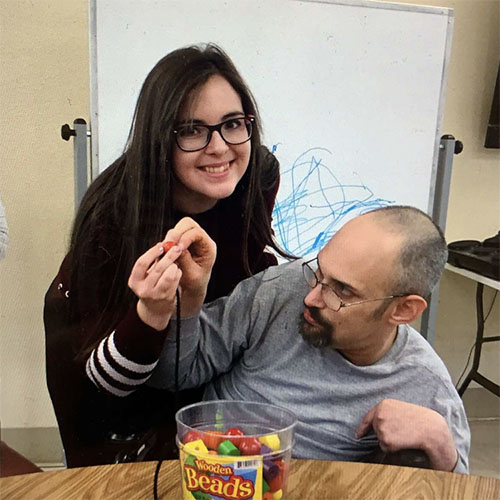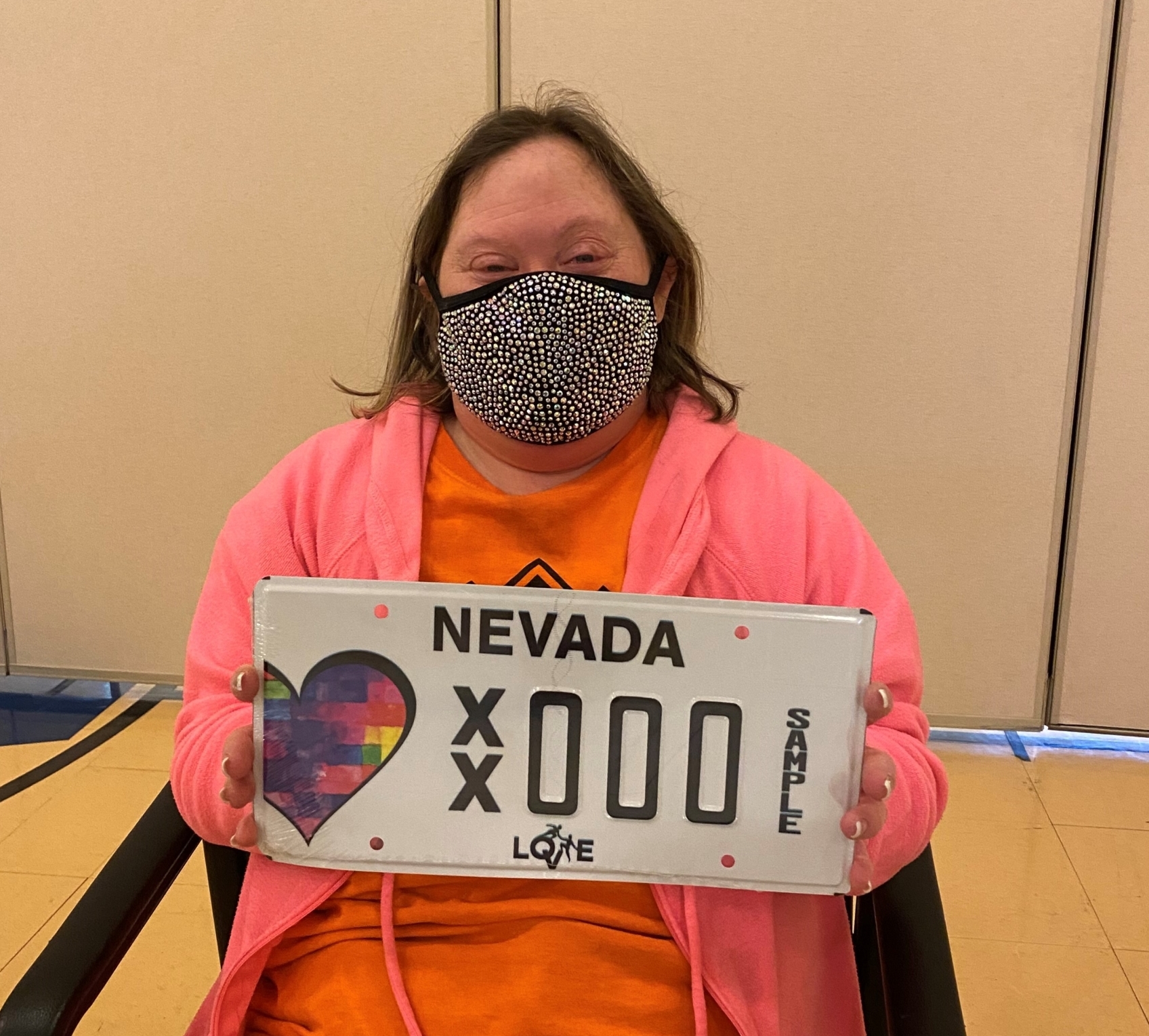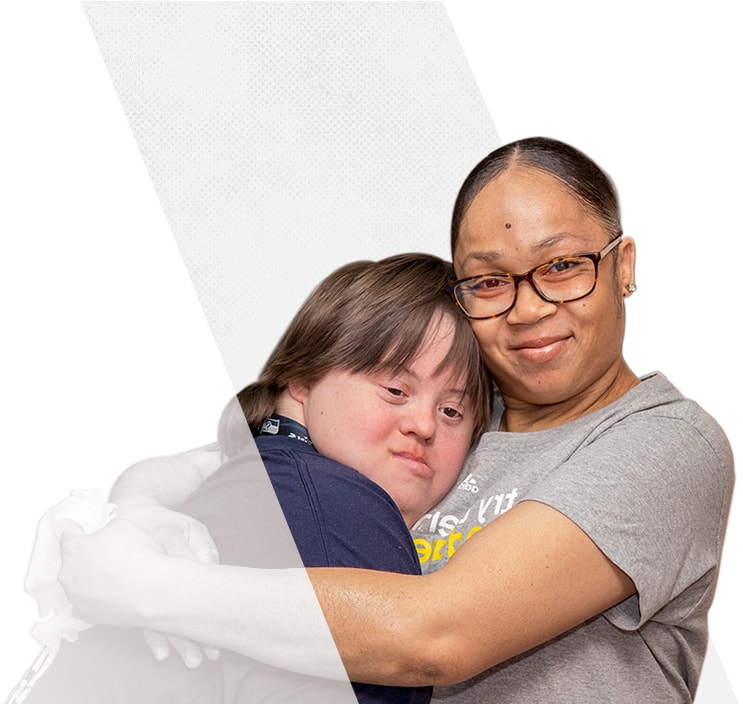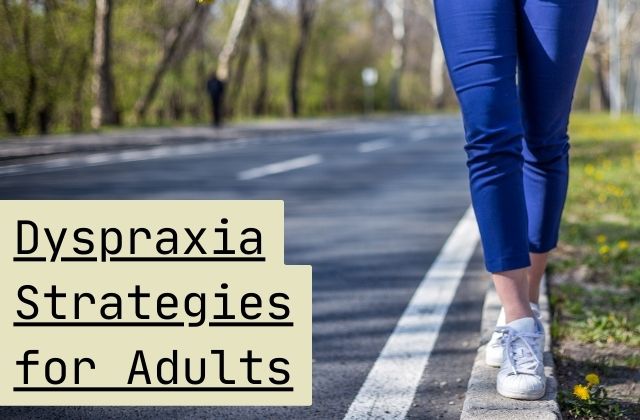
Dyspraxia is a neurological disorder that can affect a great deal for adults and young people with disabilities from fine motor skills to information processing.
While the disorder is not curable, there are various therapies and treatment options for these individuals that they can take advantage of to improve their quality of life.
Treatment often starts in childhood, but there are a number of dyspraxia strategies for adults as well.
What Is Dyspraxia?
Dyspraxia may also be referred to as DCD, or developmental coordination disorder. As a chronic condition, diagnosis typically comes during childhood but will follow an individual for the rest of their lives.
While previously listed as a learning disorder, dyspraxia is now considered to be a neurodevelopment coordination disorder and subcategorized as a motor disorder in the American Psychiatric Association’s Diagnostic and Statistical Manual of Mental Disorders or DSM-5. A dyspraxia diagnosis can qualify young people and adults for occupational therapy and disability services.
The most obvious impacts of dyspraxia may be coordination, fine, and gross motor skills, there are often cognitive effects as well. Adults and young people with the disorder may face challenges in memory, judgment, perception, and information processing.
How Does Dyspraxia Affect Daily Life?
Mild dyspraxia often goes undiagnosed and unrecognized in children, but an estimated 6 to 10% of children in the United States are believed to be affected. Diagnosis of dyspraxia typically doesn’t occur until a person is at least 5 years old or older.
Interestingly, dyspraxia is believed to be 3 to 4 times more common in boys than girls.
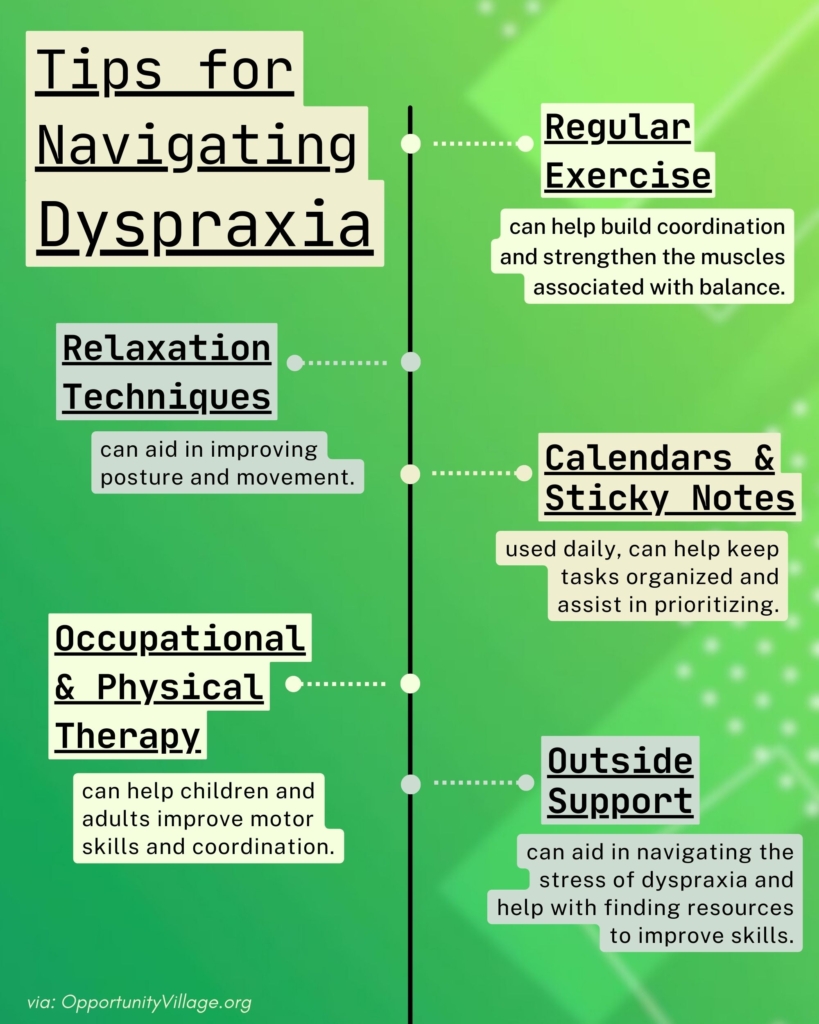
Strategies To Help Dyspraxia Symptoms
From a young age, different therapies and strategies can help to ease symptoms of dyspraxia and help people with disabilities overcome some of the challenges that come along with the disorder.
Some therapies include:
1. Regular Exercise
Exercise helps to build strong muscles, joints, and bones, as well as improving posture and coordination.
Children and adults with dyspraxia can benefit from performing around 60 minutes of physical activity each day, with muscle building focus 3 days each week.
2. Relaxation Techniques
Relaxation techniques can help those with dyspraxia to improve concentration and overcome some of the cognitive challenges that come along with the disorder. Dyspraxia strategies for adults that include relaxation techniques can also help in easing symptoms of anxiety or stress-related conditions developed over time.
These techniques may include deep breathing exercises like box breathing, progressive muscle relaxation by tightening and relaxing different muscles or practicing grounding with comfort objects like soft fabrics, fidget spinners, or play-doh.
3. Calendar and Sticky Notes
Organizational, planning, and executive function skills can be challenging for adults and young people with dyspraxia.
Calendars and sticky notes serve as useful reminders for necessary tasks and schedules they need to keep throughout the day. Practice with calendar keeping can help young people with dyspraxia to be better prepared to live independently later on.
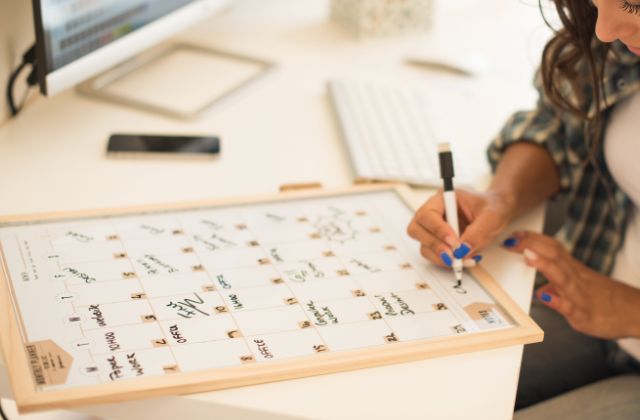
4. Occupational and Physical Therapy
Occupational therapists focus on how people with dyspraxia can manage their everyday activities and create plans that address ways to build skills to combat these challenges. Occupational therapy may focus on activities that come up during a school day, at work, at home performing personal care tasks, or during leisure time.
Physical therapy strategies for people with dyspraxia may focus on building muscle tone throughout the body and addressing balance concerns.
5. Outside Support
Outside support can be very helpful for adults and young people with dyspraxia. This may be group support, occupational support, support from personal care workers, or support in the classroom.
Outside support may help to guide individuals dealing with the challenges of dyspraxia to better navigate their everyday lives or connect them with others facing similar hurdles.
Serving Adults With Dyspraxia And Other Disabilities In The Las Vegas Area
Opportunity Village provides resources and opportunities to those with disabilities, including dyspraxia, throughout the Las Vegas area. Learn & connect with Opportunity Village on our website or find us on your favorite social channel.
